Command & Colours: Ancients // Tanks Of The Ancient World – Part Three
August 13, 2018 by crew
The idea of the modern tank is derived from the thought that it would be to an armies benefit to have a massive moving weapon on the battlefield able to cause shock and awe; capable of killing many men but also require many men to take down. Thus through the ages, we have had a “Tank” of sorts in many historic armies and today we will be exploring two from the ancient world in Command & Colours: Ancients (C&C), the Chariot and Elephant.
Check Out Part One Here
Check Out Part Two Here
These units were the elites of the ancient battlefield because of their battlefield potential and rarity due to the cost of acquiring/making, training and maintaining them. Just look up how much an elephant eats and you can imagine the cost to the state to house an armies worth of them in both peace and war.
Unlike the modern Tank though, chariots and elephants also had major upsides and downsides which ancient leaders have discovered just as you would too in your games of C&C.
Prepare For Chariots!
We will first be exploring the ancient technological advancement of the horse-drawn chariot which still saw use by the Persians in the Classical Greek Age. By then they were being phased out as effective weapons. In fact, this was so much so that even in the earlier period of the Trojan War, Homer pointed out that the heroes only rode their chariots to battle but fought on foot.
This decline was because by the Classical Age, the horses that the Greeks were able to get were unlike the steppe horses that the earlier Egyptians and Assyrians Empires depended on, which were smaller and not able to bear the weight of a man.
So, with their bigger horses, the innovation of cavalry became a better and more cost-effective method of using horses. Also, cavalry was more manoeuvrable and worked better in varying terrain types making it more useful than a chariot which needed flat ground to truly be effective in any way.
Warfare had also progressed greatly and the chariot had not caught up. The advent of heavy infantry ranked up into formations with spears pointing out meant that horses were not going to be able to deliver the same level of impact damage, as horses will not charge into sharp objects.
This is set against the early Egyptian Wars where units fought in groups that were more akin to skirmish formations than true supportive ranks. This allowed chariots to get in and continue to manoeuvre as no one man could stop a chariot’s forward momentum by himself.
The chariot therefor, when utilised correctly, is a weapon of lightning-fast attacks, meant to cause impact damage and break an enemy formation up. This is represented in C&C by the fact that on the attack, a heavy chariot unit attacks with four dice but only three when defending.
This represents that the chariot needed to keep its momentum on the move to not become surrounded. You might find that this proves a problem for the chariot as they are often heavily outnumbered by the enemy group they are attacking, represented in game by only the two blocks of health it has set against the four of most infantry units.
When used correctly, however, a chariot is a good shock unit, able to deliver a hammer blow and potentially scatter the enemy before they have a chance to form up properly against you.
Temperamental & Deadly; Elephants
When it comes to an Elephant on the battlefield think about a modern tank with a self-preserving AI that felt pain. You suddenly have the notoriously bad tempered male (female elephants tend to run away from charging male bull elephants) African War Elephant.
In fact, Julius Caesar once commented that the reason he did not use elephants was that he found them unreliable and he had many examples from history he could draw on to support the fact that elephants could be just as dangerous to allies using them!
Now, unlike chariots, the benefits of War Elephants meant that they were still in use in the Classical Age especially by the Greek Successors of Alexander the Great. The reasons were because unlike the chariot, the elephant could become a mini moving fortress on the battlefield with a bulk like that of a wrecking ball. It was also still exceedingly good at killing people with just brute strength.
There are of course rules in the game to represent this with every sword an elephant rolls that is not negated by the enemy, able to be re-rolled for a potential “One Shot” kill of any enemy unit. Also in defence, to represent its tough hide, all sword hits rolled against an elephant do no damage to it at all!
That being said, by this period, tactics against elephants had become more widespread and strategies to take down an elephant such as attacking its eyes, anus (OUCH!) or pepper the animal at a distance with sharp projectiles had become mostly common knowledge.
This is why Richard Borg made the nicely thematic rule that an elephant fights with the same dice (Without bonuses) as the unit it is attacking. Thus four dice when it attacks hoplite infantry and two dice when attacking light infantry.
Of course, we also come to the famous elephant rampage (this is the self-preserving “AI” we mentioned before) as an elephant will only take so much pain before it decides it wants to run...even if it means getting through its own soldiers to do so.
The game handles this very simply and destructively. When an elephant retreats, all units around it must roll two dice and take damage as per normal before the elephant retreats in a straight line away from the action. Unlike other units that will take damage if blocked from retreating, the units blocking an elephant’s retreat is the one that will take damage! Having experienced this before in a game, “Path of Destruction” is no exaggeration when it comes to the carnage an Elephant can cause.
This leads more often than not to over preparation for an elephant’s potential ramage by either leaving a hole in your army for it to retreat into or hope, as cruel as it sounds, for it to die before it rampages into its supporting units. Thus you have to decide like Caesar if the brutal potential of the elephant is worth its potential downsides too.
Conclusion
I know I sound like I am lambasting how bad chariots and elephants are in ancient warfare but that is not true, as I see them as deadly double edged swords that have to be used at the right time to work. More importantly, the point of this article is to show how thematic C&C is and how in tune with Ancient Warfare the game is.
It means that you have to think like an Ancient general when you choose to include Chariots and Elephants in your army as they could end up being of little use to you if the enemy is prepared!
There is no better praise for a historical game than when it makes learning fun. So, that concludes our look at the merge of history and game within C&C but remember there are a myriad of ways to play the game from epic multiplayer games that require an expansion to (if you have space) replacing all the blocks with...MINIATURES!
By Akaisamurai
Make sure to also check out the review of Liberte by Martin Wallace too for more Historical tabletop game coverage!
Have you played many Command & Colours: Ancients games with Elephants?
Supported by (Turn Off)
Supported by (Turn Off)
Supported by (Turn Off)









































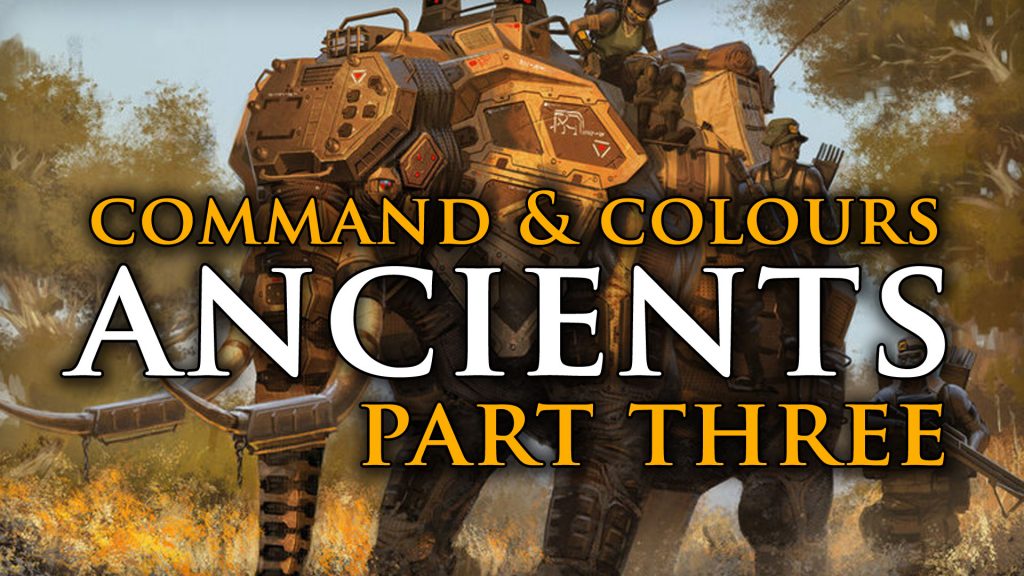

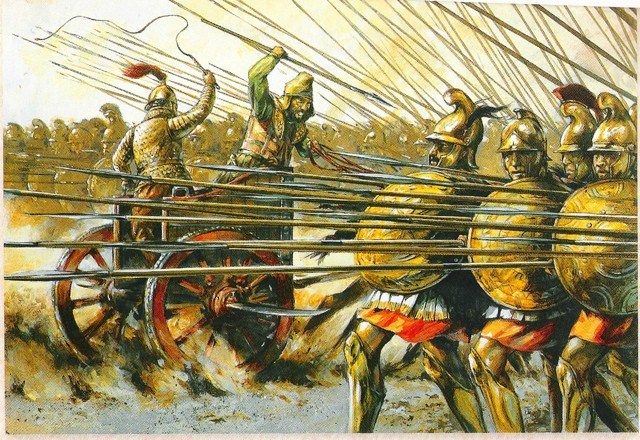
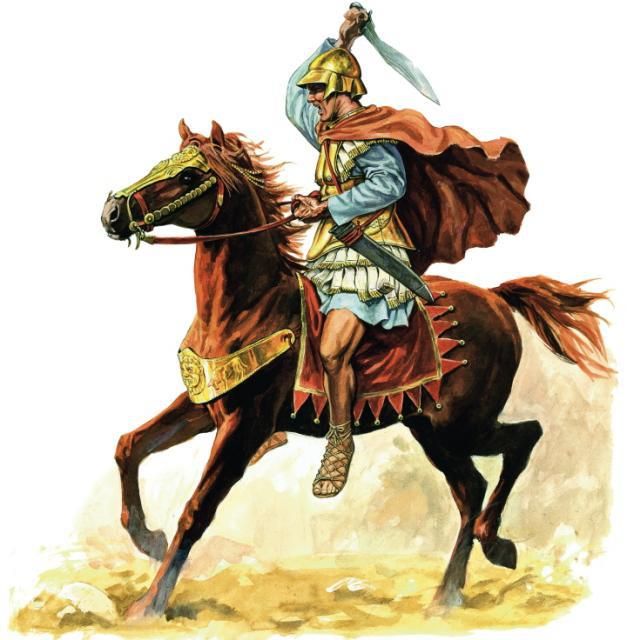


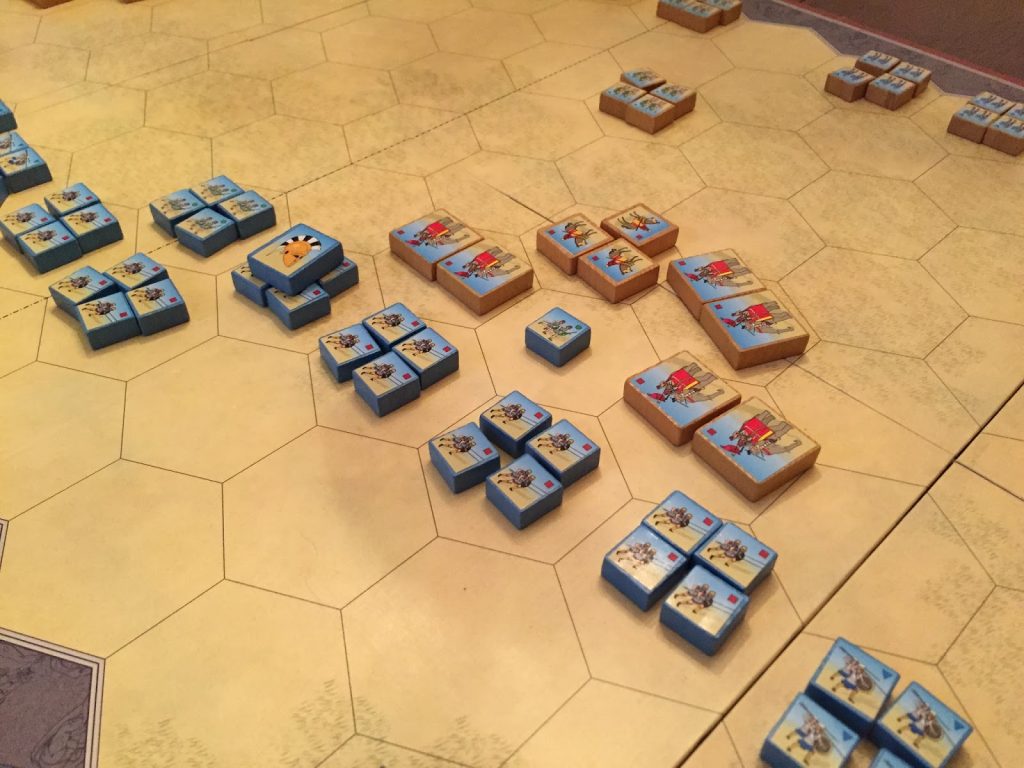

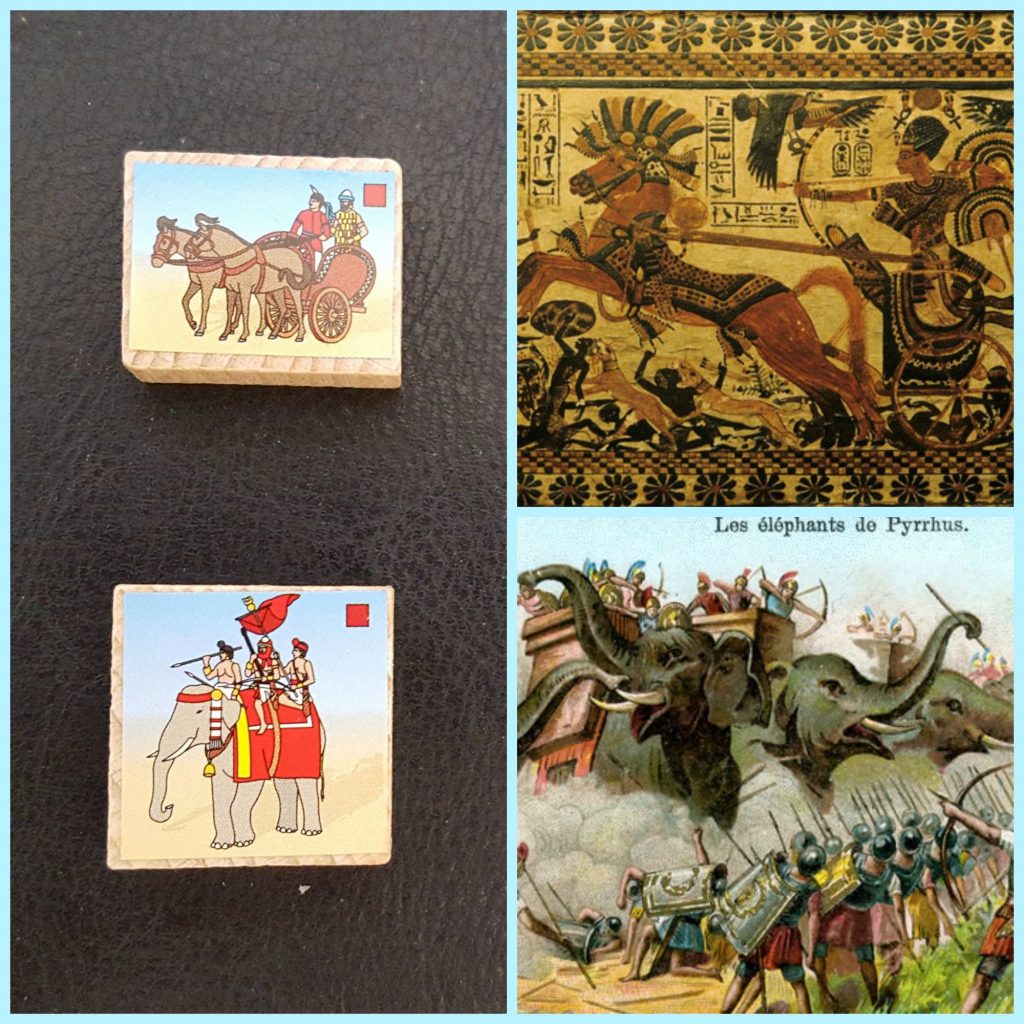
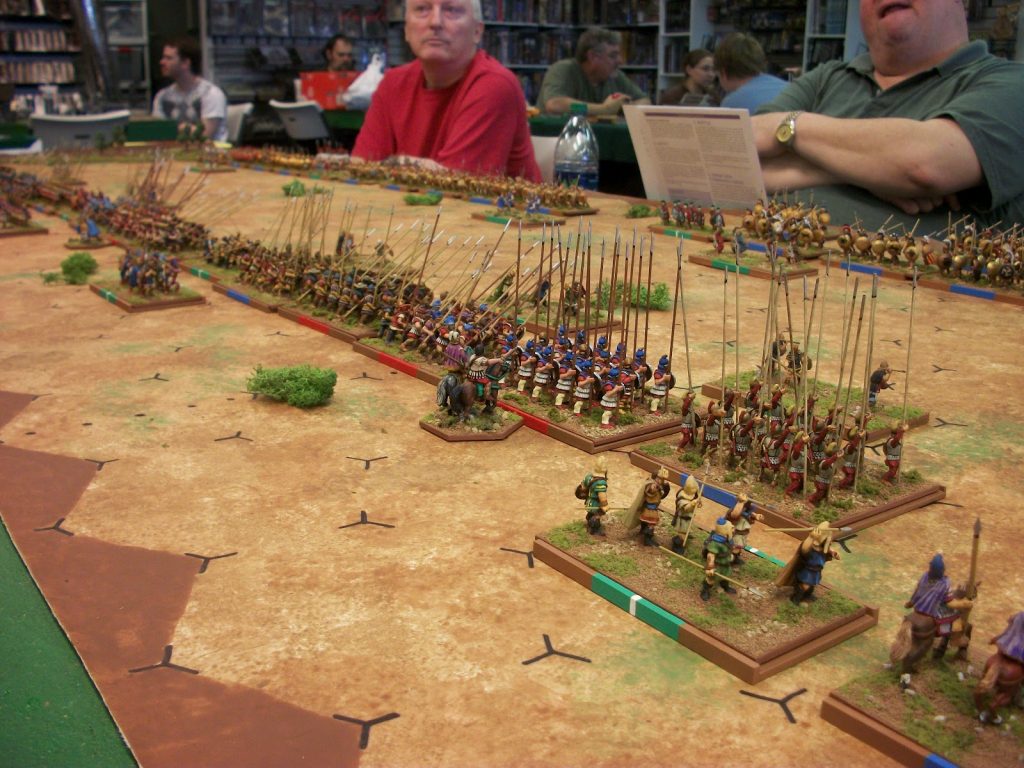


































Another good read thank you
No, thank you for reading once again :).
Just had to go through all three! Good reads!
You do me a great honour! Thanks for reading all three and have a great day of cheer and fun :).
Great article very well done.
Really like the Historical Context
Thank you! And yes history is such a pleasure. Too bad it is associated with dates and the more boring stereotypes in general.
@oriskany. This is a good read Jim
Interesting read I think a chariot acts more like a strafing run zipping in on a attack run taking out a column of troops with each run. ?
Yes that is right. It is any target that is vulnerable but sadly attacking head on in the classical age on a column of heavy infantry usually did not go well.